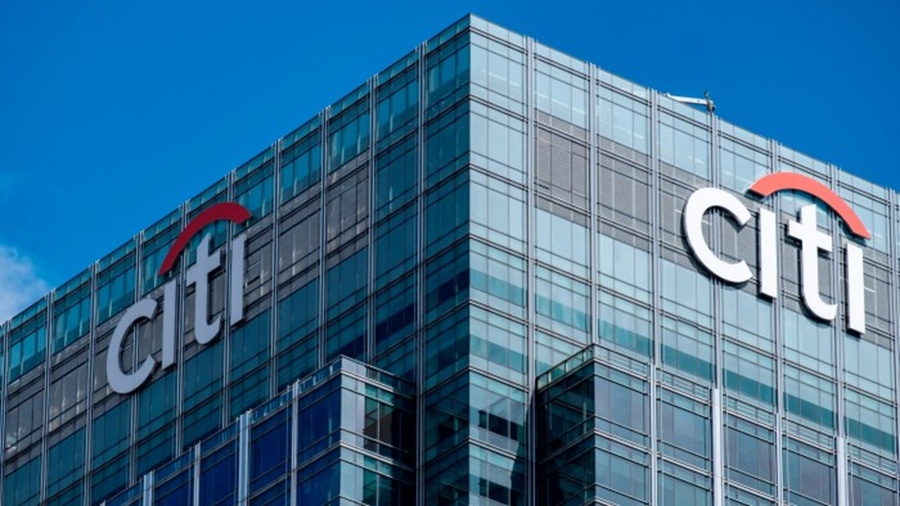In a rapidly evolving financial landscape, stablecoins have emerged as pivotal components in the digital asset ecosystem, capturing significant interest from financial analysts and investors alike. This burgeoning interest is driven by the anticipated regulatory frameworks and technological advancements poised to redefine the contours of digital currency usage. As we delve into Citigroup’s latest market perspective, we uncover an insightful analysis highlighting both the potential growth trajectories and the challenges stablecoins may face in their journey toward mainstream adoption.
Exploring the Future of Stablecoins: Potential Growth and Associated Challenges
Regulatory Developments Paving the Way for Stablecoin Evolution
Citigroup’s recent market report projects a promising future for stablecoins, suggesting a potential 7x growth in supply over the next five years. This optimistic outlook is largely attributed to proactive regulatory measures being undertaken by the US government. In January 2025, a significant directive was issued by the then US President, establishing a dedicated crypto working group to formulate a cohesive federal regulatory framework for digital assets.
This initiative is expected to catalyze the adoption of stablecoins, with Citigroup highlighting that increased involvement from traditional financial institutions will further amplify demand. Historical data from platforms like DefiLlama underscores the potential for exponential growth, with the value of the stablecoin market having expanded 30-fold in recent years, reflecting a parallel surge in the broader crypto market by over 1400%.
Forecasts from Citigroup suggest varying growth scenarios for stablecoins by 2030. In a base case situation, supply might augment by $1.6 trillion. A more optimistic outlook envisages a $3.7 trillion expansion, whereas a more conservative estimate still anticipates a $0.5 trillion increase. Additionally, the enactment of a robust US regulatory framework is anticipated to fuel demand for US dollar-backed assets both domestically and globally, promoting the acquisition of US Treasuries as stablecoin collateral.
Potential Hurdles Facing Stablecoin Adoption
While the growth potential of stablecoins remains significant, Citigroup cautions against overlooking possible obstacles. Predominantly pegged to the US dollar, stablecoins reinforce its dominance in global finance, potentially eliciting alternative responses from other sovereign entities. European and Chinese authorities might intensify efforts in developing central bank digital currencies (CBDCs) or launch stablecoins tethered to their respective national currencies. Despite these efforts, it is anticipated that 90% of the stablecoin market could still be dollar-denominated by 2030.
Moreover, Citigroup highlights the inherent risks associated with stablecoins, particularly concerning de-pegging events. Such occurrences could drastically impair crypto liquidity, impacting trading platforms and the larger financial market. Currently, the stablecoin market stands at approximately $237.25 billion, with Tether (USDT) commanding a significant 62.65% market share.
Addressing Key FAQs About Stablecoins
What makes stablecoins different from other cryptocurrencies?
Unlike most cryptocurrencies that are known for their volatility, stablecoins are pegged to stable assets like the US dollar or other fiat currencies, aiming to minimize price fluctuations and provide a reliable store of value.
How can stablecoins impact global finance?
Stablecoins hold the potential to streamline cross-border transactions, reduce costs, and enhance financial inclusion by providing a stable digital currency alternative that is easily accessible. However, as they gain prominence, they may also challenge the traditional financial systems and currencies.
Are stablecoins regulated?
Regulation of stablecoins varies by jurisdiction. Some countries have embraced them under existing financial regulations, while others are crafting specific frameworks to address the unique challenges they present, ensuring stability and consumer protection.
Is investing in stablecoins a safe option?
Stablecoins offer relative stability compared to traditional cryptocurrencies due to their fiat peg. However, they are not devoid of risks, particularly related to issuer solvency, regulatory changes, and potential de-pegging incidents. Investors should conduct thorough due diligence before investing.
As the digital finance landscape continues to evolve, staying informed about the potential trajectories and challenges of stablecoins is crucial for stakeholders aiming to make well-informed decisions in this dynamic market.

